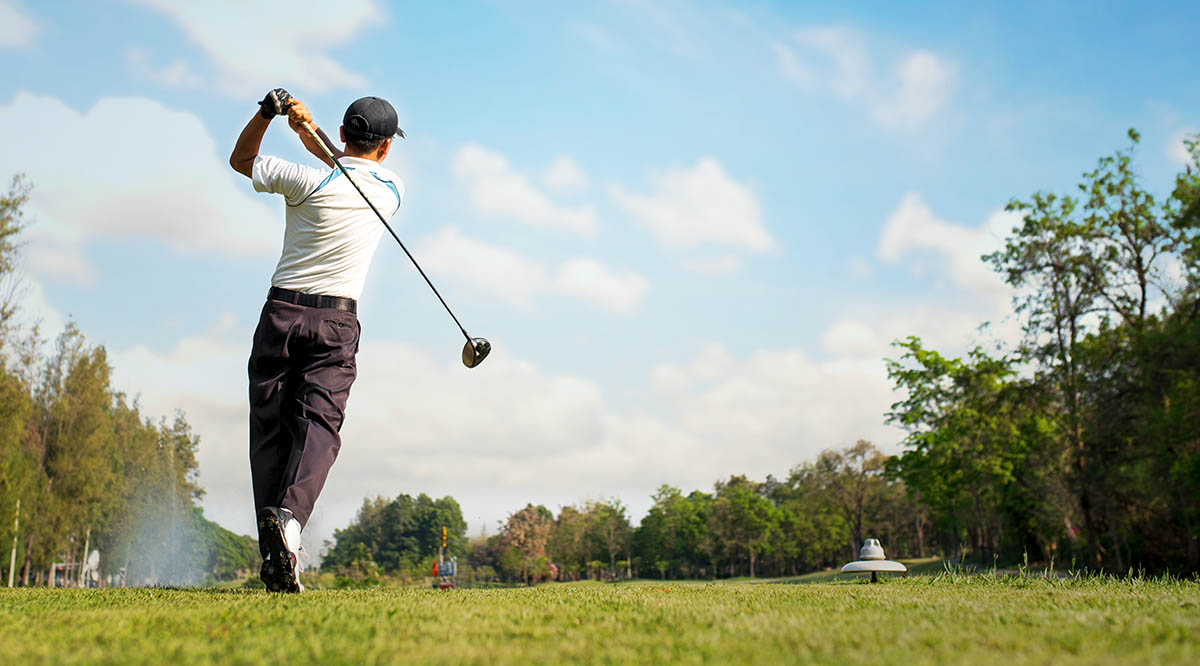 At the end of the day, golf is a game of score. It becomes progressively harder to lower your scoring average as you become a better player. It’s generally easier to go from the 100’s to the 90’s than it is to go from the 90’s to the 80’s. Scoring in the 70’s requires even more of a time commitment to the game. But, no matter what level of golfer you are currently, you can always lower your scores and play better golf. First, I recommend keeping good stats of your golf game.
At the end of the day, golf is a game of score. It becomes progressively harder to lower your scoring average as you become a better player. It’s generally easier to go from the 100’s to the 90’s than it is to go from the 90’s to the 80’s. Scoring in the 70’s requires even more of a time commitment to the game. But, no matter what level of golfer you are currently, you can always lower your scores and play better golf. First, I recommend keeping good stats of your golf game.
There are many statistical tools available that enable you to collect data on your game and track your performance. It’s often eye opening when you start to get a detailed look at your game and are able to see where to implement quick solutions to lower your scores. The PGA tour uses Shotlink for the pros. Many of the pros also hire statistical number crunchers who analyze the pro’s stats and provide feedback to them and their coach. If you are serious about continual improvement, start keeping stats. This will give you insight into where you need spend time practicing and help you with on course mental strategies.
Second, let’s discuss the tee shot. Do you have a tee shot that you are confident will get in play most every time? If not, assess your tee shot with your driver on the range. You may find that a 3 wood or 4 iron off the tee is more reliable than your driver. The tee shot is such an important shot to set up the hole. Bombing the driver is always fun, but not when you make triple bogey because of a poor tee shot. Making par or birdie after hitting a hybrid off the tee is much more rewarding. Make a mental goal next time you play to get the ball in play off the tee more times than your last round. If you only hit 6 of 14 fairways your last round, make it a goal to hit 10 of 14 fairways this time.
Third, focus on the approach shot to the green with the goal of identifying the best target for going into the green. I call it green light, yellow light or red light decisions. Green light, we are taking dead aim at the pin. Yellow light, we are playing to the safe side of the pin. Red light, we are playing to the largest part of the green. These decisions are based off skill level and can be assessed by reviewing your greens-in-regulations statistics. If you are not hitting many greens, you need more red light targets. This does not mean making non-committed swings. On the contrary, I find that players make a more confident and committed swing when the target they choose is more comfortable. By making smarter target decisions, you allow room for error. Target decisions going into the green should also be based on your current miss pattern. If you generally fade the ball to the right, for example, this needs to weigh into your target decision.
Fourth, let’s focus on getting it up and down. The mental strategy of the shot game. I call this LTD (lie, trajectory, distance). The lie of the ball determines the type of shot, such as hitting down more or less on the ball. The trajectory will determine the club choice, whether you want to open the face or play it square, and where to position the ball. The distance will determine how much actual swing you need. is It’s very important to mentally go through this LTD. I also recommend 3-4 practice swings in the short game to get a good feel of the shot before you execute. When off the green, putt when you can; if you can’t putt, then chip; if you can’t chip, then pitch; and if you can pitch, then lob. Basically, keep it on the ground when you can and only go high when absolutely necessary.
Fifth focus on the putt. We now need to try and match line and speed to our determined aim point. This generally goes without say, but next time you play, make it a point rehearse the proper length backstroke and tempo for every putt during your pre-shot routine. Common mistakes are having too long of backstroke on short putts causing you to have to decelerate, and having too short of stroke on longer putts leaving it either too short or requiring an explosive acceleration. So, work on the length of your stroke and tempo next time to have good speed control.
In summary, golf is a game of skill and mental strategies. Start by keeping stats so you know how to play your best golf and identify areas of improvement. Next, lower your score by finding a way to get the tee shot in play no matter what, make a committed swing to the middle of most greens, keep your short game shots closer to the ground when possible, and work on the length and tempo of your putting stroke based on distance.
By Brech Spradley, PGA
Director of Instruction
Barton Creek Golf Academy